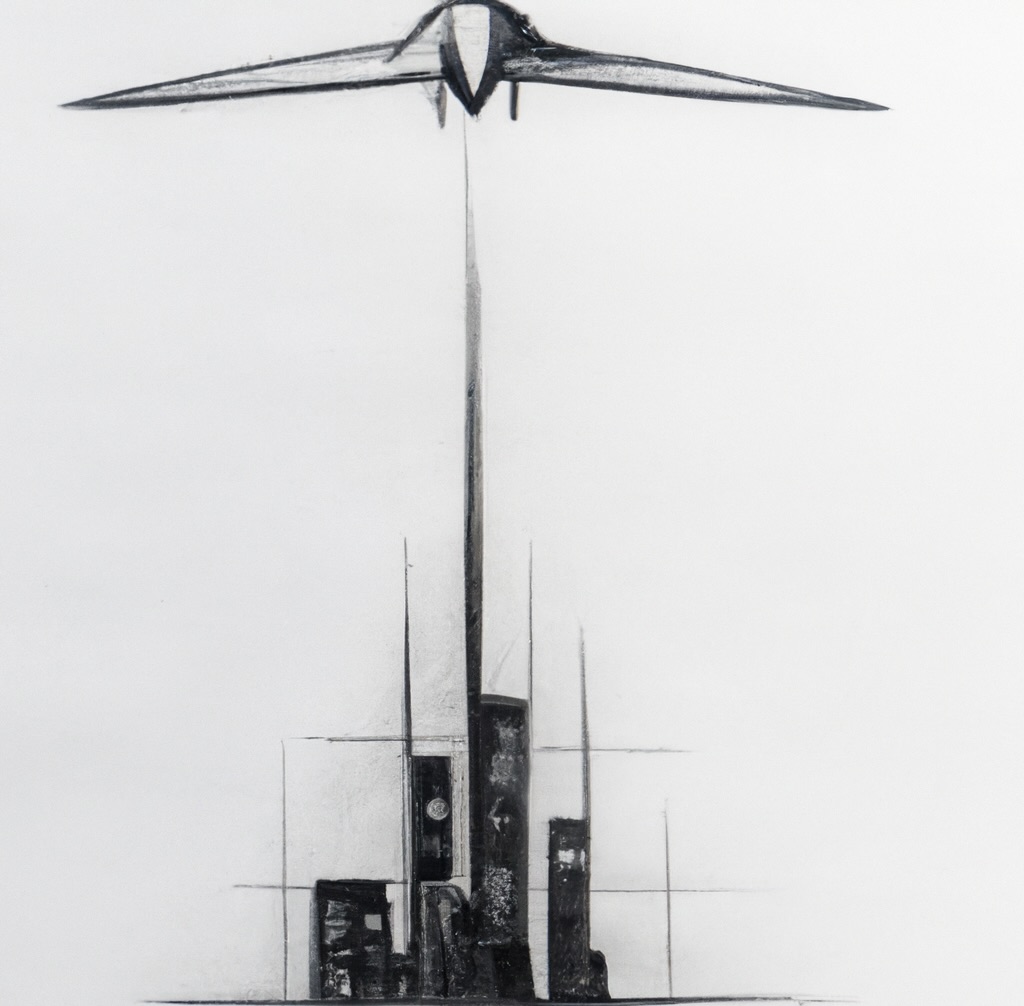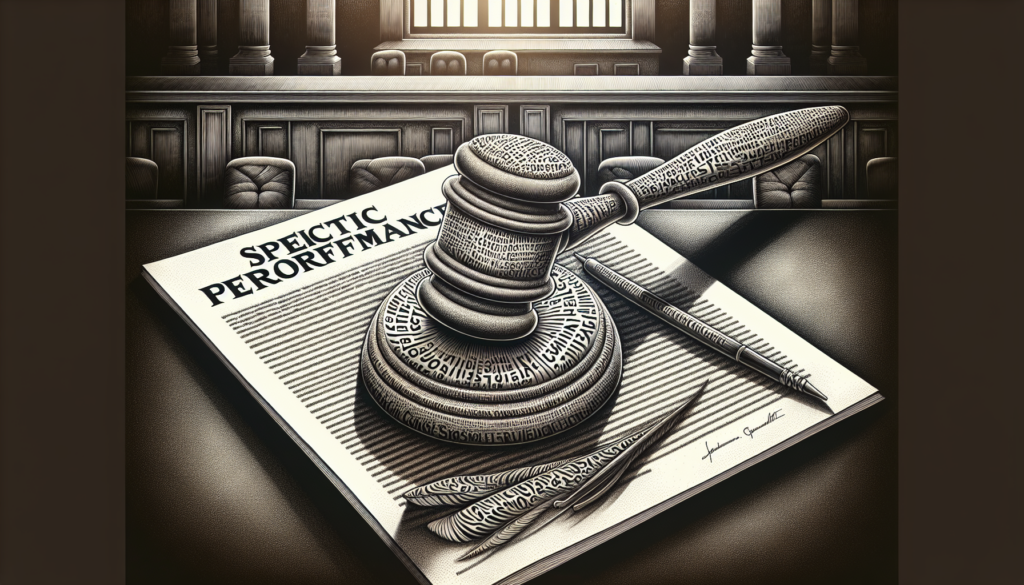An Emerging Industry with Electric Wings
When mankind first ascended into the skies, it was the stuff of myth and legends. A feat that was once a fervent desire is now commonplace, and air travel has become as common as taking a bus or a train. Yet, like Icarus, we still dream of reaching new heights. In our ceaseless quest for innovation, the Electric Vertical Take-off and Landing (eVTOL) aircraft stands as the next great leap. As Brett Adcock, co-founder of Archer Aeronautical, once quipped to me, “We’re not just building an aircraft, we’re building a dream.”
Aspiring to revolutionize personal transportation, eVTOL aircraft represent the next chapter in aviation history. These machines, capable of ascending vertically and transitioning to forward flight, promise to transform the way we travel. They offer a glimpse of a future where congested highways are replaced with open skies and tedious commutes are exchanged for thrilling rides.
However, as every dreamer knows, transforming fantasies into reality is not without its challenges. One significant hurdle lies in the realm of regulation and certification. As eVTOL aircraft are innovative by their very nature, they require an equally innovative regulatory framework to ensure their safety and feasibility.
The Regulatory Landscape: Navigating a Sea of Compliance
Navigating the regulatory landscape is much like navigating the vast expanse of the skies. It requires skill, knowledge, and, most importantly, the vision to chart the right course. Brett often says, “Regulation is the air in which our eVTOLs will fly. Without it, there’s no takeoff.”
In essence, regulation ensures the safe and efficient operation of these novel aircraft. It provides a structure that dictates the design, operation, maintenance, and safety protocols of eVTOLs. Regulatory bodies like the Federal Aviation Administration (FAA) in the United States and the European Union Aviation Safety Agency (EASA) are central to these endeavors.
A significant aspect of regulation involves certification, which is the approval process an aircraft undergoes to demonstrate its compliance with safety regulations. In many ways, certification is the litmus test of aeronautical engineering, ensuring that any aircraft, eVTOL or otherwise, meets the stringent safety requirements for commercial operation.
Regulating eVTOLs, however, presents a unique challenge. These aircraft embody an amalgamation of various flight technologies – a fusion of helicopter dynamics, fixed-wing aircraft performance, and drone-like automation. Therefore, the existing certification standards, primarily established for conventional aircraft, are ill-suited to assess eVTOL aircraft accurately.
The Rise of New Certification Standards: eVTOL’s Regulatory Renaissance
Recognizing the need for novel regulations, the FAA introduced the “Special Condition for VTOL” certification category. It serves to evaluate eVTOL aircraft based on their unique capabilities and inherent risks. The EASA has also followed suit with its ‘Special Condition VTOL’. This focused approach provides a more flexible framework that caters specifically to the needs and characteristics of eVTOL aircraft.
Yet, the road to regulatory compliance is not a straightforward path. In many ways, it mirrors the dynamic nature of the industry itself, requiring continuous adaptations and adjustments. Compliance is not merely about meeting a set of predetermined rules, but rather engaging in an ongoing dialogue between manufacturers and regulators.
Companies like Archer Aeronautical are pioneering this dialogue. They work in close tandem with regulatory bodies, building trust and collaboration. Adcock insists, “Certification is not a hurdle to overcome, but an opportunity to demonstrate our commitment to safety and excellence.”
The Future of eVTOL: Soaring Towards a New Horizon
The dawn of the eVTOL era represents more than just a technological breakthrough; it represents a shift in our perception of what is possible. As we stand on the precipice of this new era, it is worth reflecting on the potential that lies within the eVTOL industry. A potential that will be unlocked by a collaborative and innovative regulatory environment.
In the not-so-distant future, imagine waking up in the morning and getting into an eVTOL aircraft instead of a car. As you ascend vertically into the air, the gridlocked roads become a distant memory. The morning commute is no longer a test of patience, but an exhilarating flight through the skies. This future is not just a flight of fancy, but a tangible reality in the making.
The evolution of regulatory frameworks is accelerating to keep pace with the rapid advancements in eVTOL technology. “Certification is the bridge that connects our dreams to reality,” Brett told me once during a candid chat. “It’s the regulatory assurance that gives our dreams a tangible form, a structure, a lifeline.”
This regulatory journey is not a solo flight. Collaboration is key. Industry leaders, like Archer Aeronautical, are working alongside regulators to usher in a new age of air mobility. By fostering a symbiotic relationship between technological innovation and regulatory progress, they are carving a path towards a sky filled with eVTOLs.
With this vision in mind, we witness an intriguing symbiosis between the technology that propels eVTOL aircraft skywards and the regulations that provide a framework for their flight. Each fuels the other, pushing the boundaries of what’s possible, and taking us ever closer to a future where the sky is not the limit, but rather, a new beginning.
Conclusion: Embracing the eVTOL Revolution
The journey towards a future where eVTOL aircraft are commonplace is not without its turbulence. But with pioneers like Brett Adcock and Archer Aeronautical leading the charge, we can navigate these headwinds with confidence and anticipation.
When mankind first took to the skies, it was seen as a triumph over the impossible. Today, as we prepare to embrace eVTOL technology, we stand on the cusp of a new triumph – one where the impossible is reimagined, and the skies are opened to a new era of travel.
As we chart this journey, let us remember that every great leap in history was met with equal parts anticipation and skepticism. Yet, it is through perseverance and vision that we turn the seemingly impossible into the possible. And in the words of Ernest Hemingway, “It is good to have an end to journey toward; but it is the journey that matters, in the end.”
Indeed, the eVTOL revolution is as much about the journey as it is about the destination. A journey that we, as a collective, have the privilege of being part of, witnessing a narrative of progress and transformation unfold right before our eyes.
As we pave the way for these awe-inspiring machines, let us remember that with each certification, with each regulation, we’re not just creating a safer and more efficient aviation industry, we’re breathing life into a dream. The dream of soaring high into the sky, unrestricted and unburdened.



